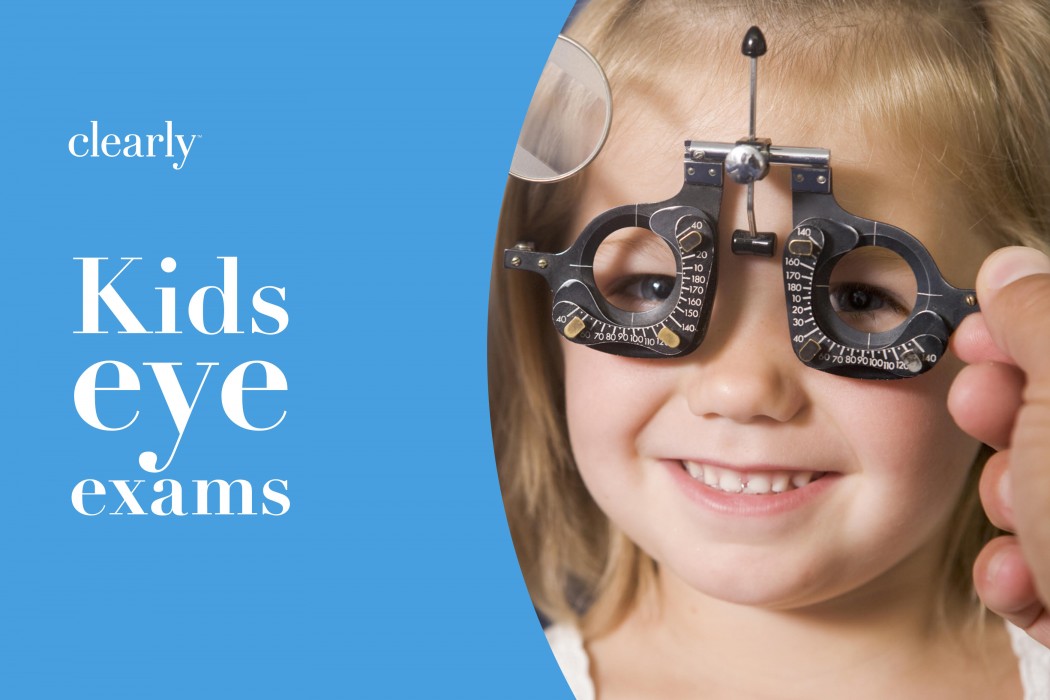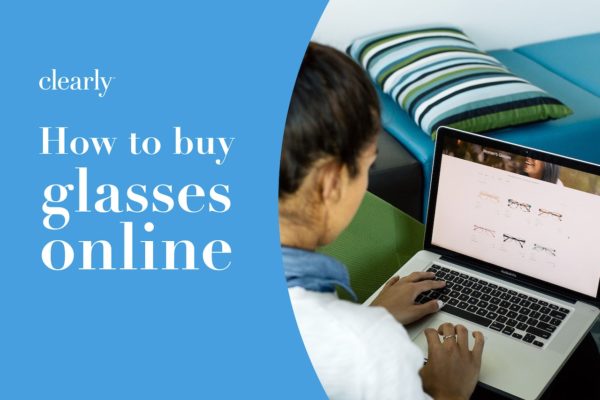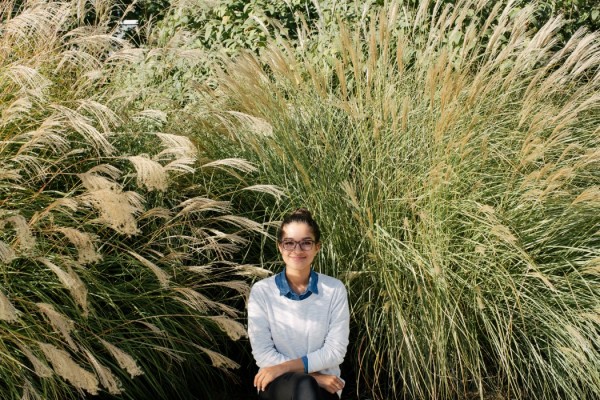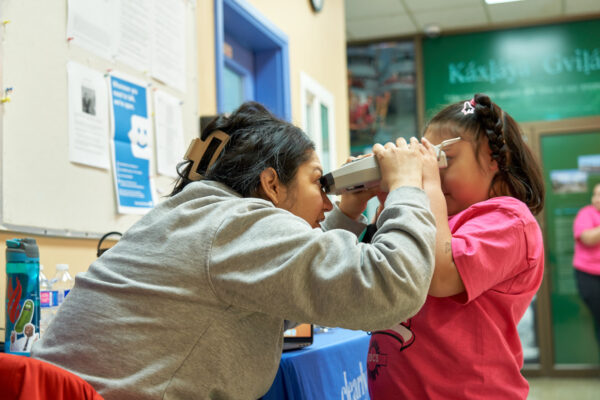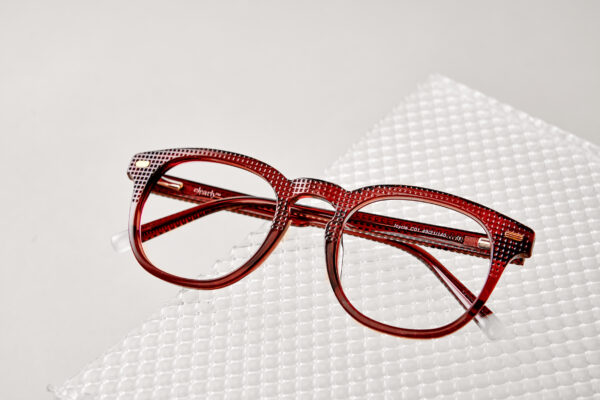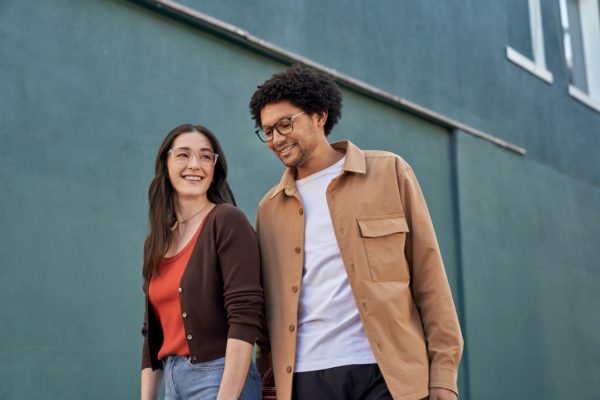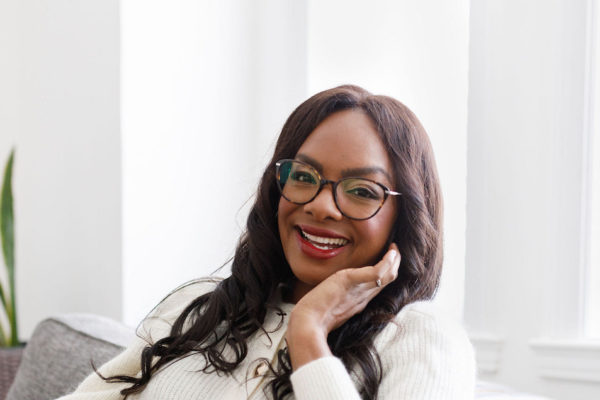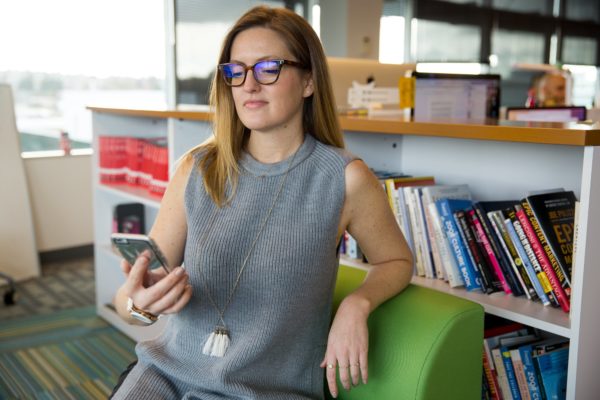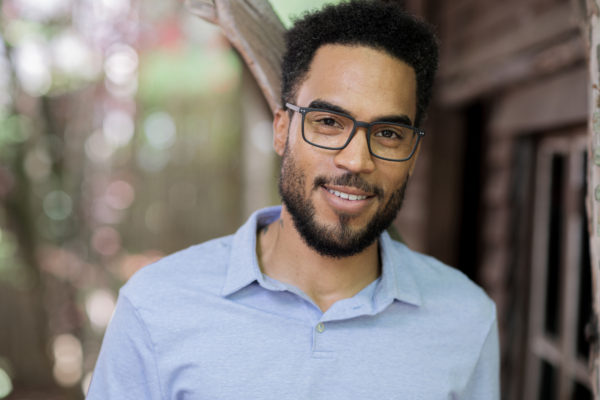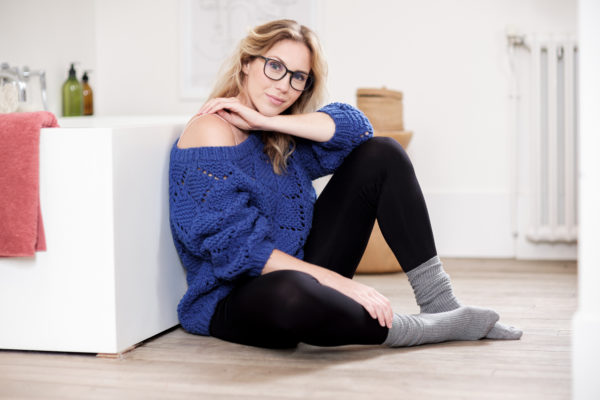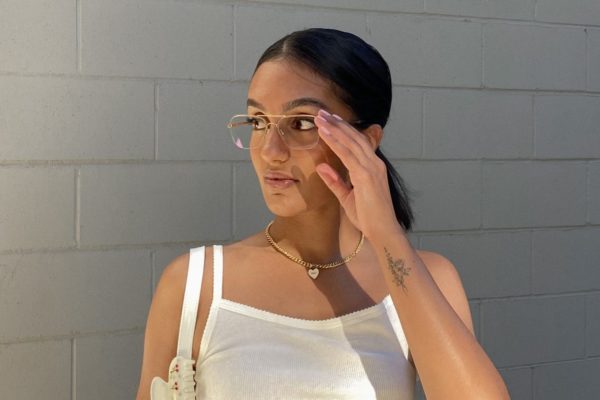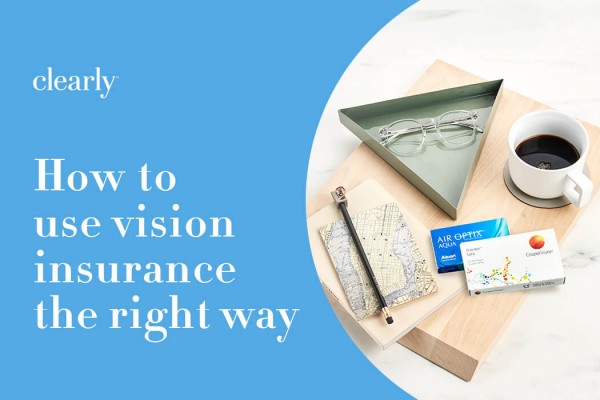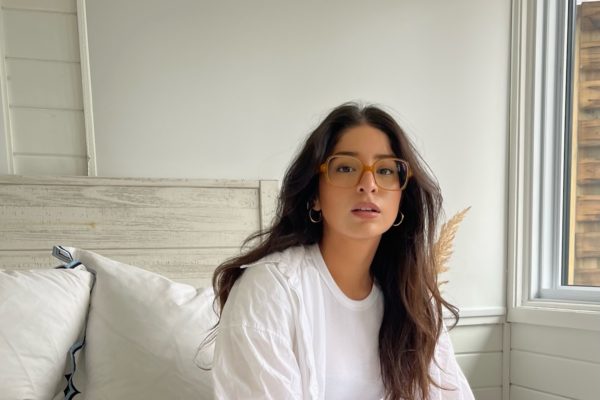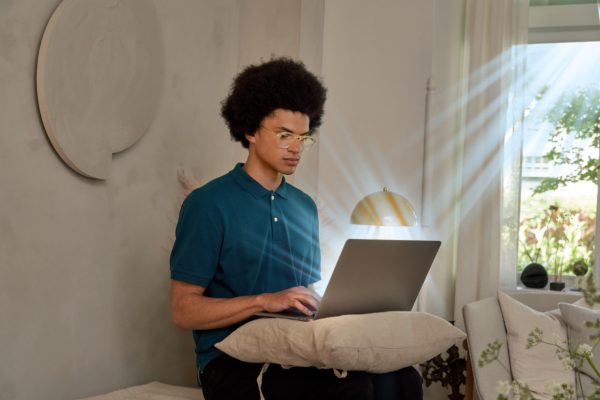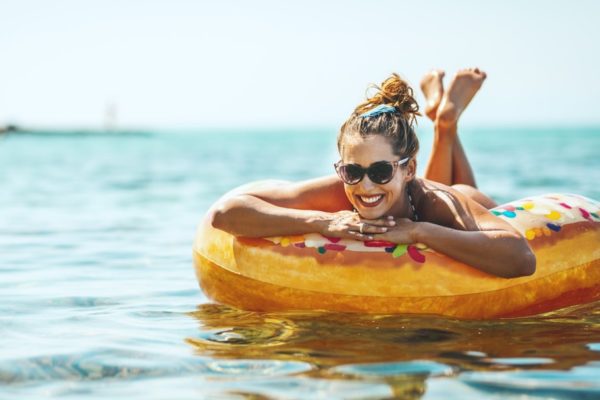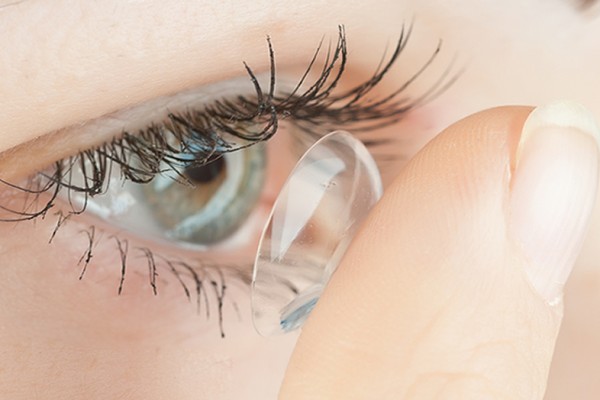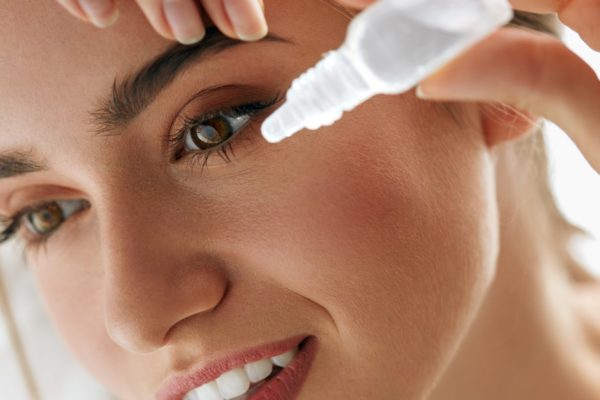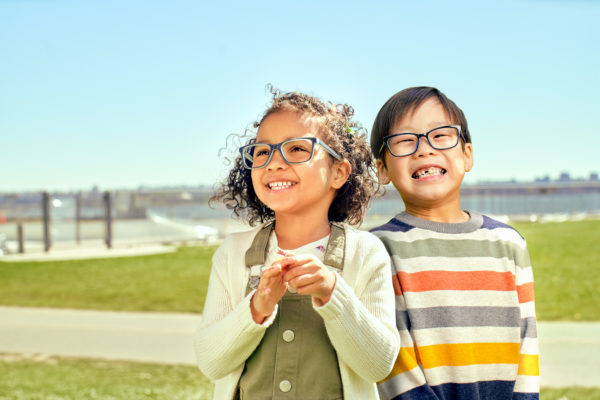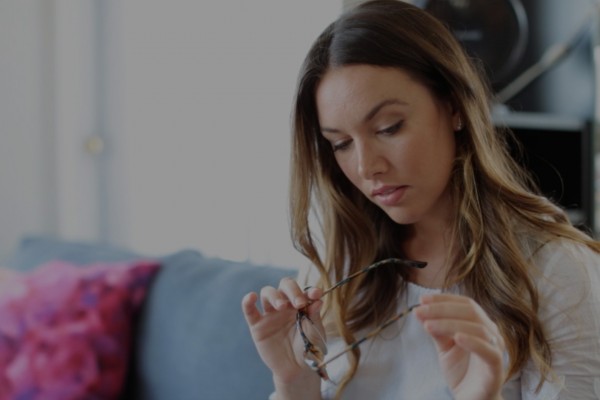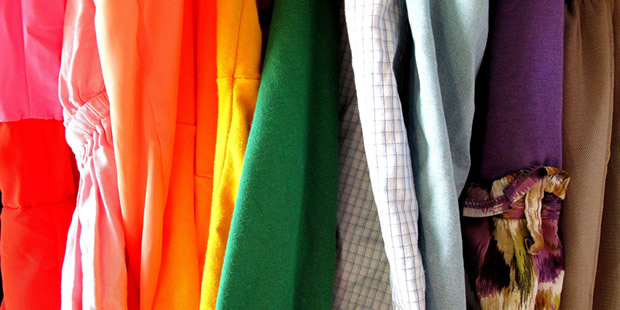Let’s face it – children grow up fast. Just like you, we want to make sure they develop properly in order to make the most of their daily adventures. Their eyes and vision are also an important part of their development. There is so much for them to see and learn out there!
To make sure they perform to their full extent and that they are as healthy as they should be, they’ll require regular eye exams.
As a part of your child’s general health check-up, their eyes need to be examined to ensure they can see the world with a clear vision and healthy eyes! Doctor of Optometry Justin Asgarpour walked us through the child’s eye exam, answering common questions he hears from his patients so that you can be prepared for your own child’s eye exam.
The importance of having your child’s eyes examined
What to expect during children’s eye exams
- Eye examination for infants and early toddlers
- Pre-teens and late toddlers
- Teenagers
How to prepare a child for an eye exam
How much does a children’s eye exam cost?
What will be on my child’s glasses prescription?
The importance of having your child’s eyes examined
As we’ve mentioned, kids’ eye exams are an essential part of their general health check-ups. Whether they are infants or teenagers, eye exams will determine important aspects of their visual health and abilities to access all the information they need, on a daily basis.
Vision is also critical for the learning pathway. The older that children get, the more vision deficiency can affect their learning abilities. Unfortunately, a lot of learning disabilities are undiagnosed, which means that many kids can’t perform to their full potential in school. A recent CAO study shows that 10% of preschoolers have a vision deficiency and that number increases to 25% from kindergarten to grade 6.
Kids’ eye exams are therefore important at all stages of development to identify any type of eye health and vision issues. Once they are diagnosed, they can be treated early and your optometrist can do whatever is necessary to correct them.
When should a child get an eye exam?
Your child’s first eye exam should be scheduled between 6 and 12 months. Thereafter, it is recommended to have them examined every 12 months unless otherwise indicated by your eye doctor. As they grow quickly, it is important to follow the schedule for children’s eye exams to ensure that they are developing properly.
After the age of 18, they should visit their eye doctor every 1 to 2 years, until 65 years old (where we move back to annual exams). If you want to learn more about adult eye exams, take a look at our article eye exam essentials.
What to expect during children’s eye exams
The first thing you should know about kids’ eye exams is that the process will vary according to your child’s age. Depending on their needs and ability to express themselves, your optometrist will use a different examination process. Eye exams for infants and toddlers will rely on more objective tests whereas eye exams for teenagers will also gather subjective information as well.
Each exam will vary according to your child’s eye doctor and depending on your child’s needs. In general, your optometrist will evaluate three different elements during a child’s eye exam:
- If their eyes are healthy: Evaluate eye health conditions and detect or prevent any eye disease or disorder.
- If their vision is developing properly (for infants and toddlers) and detecting and treating any sign of vision loss like amblyopia, commonly referred to as “lazy eye”.
- They will make sure that the child’s vision is functional, according to their needs.
Eye exams for infants and early toddlers
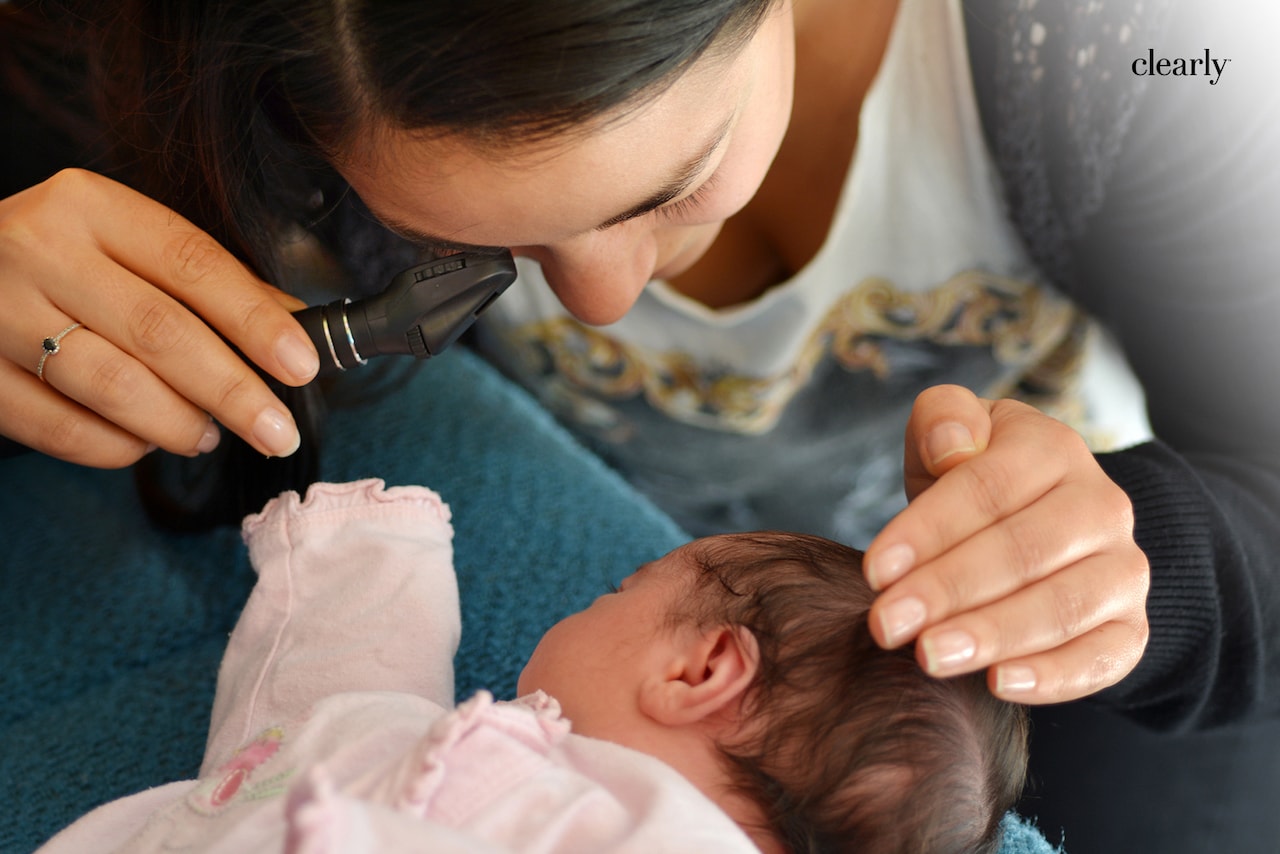
Infant’s eye exams will be more objective. As they cannot communicate easily or tend to be shy, the eye doctor will gather information via objective tests. Like any other eye exam, infants have to be examined to make sure that their eyes are healthy, that they do not have any eye disease, and that their eyes are developing properly.
Most of the time infants eye tests will examine:
- Their acuity and fixation: Using a target to follow to see if they maintain their vision.
- If eyes are aligned properly with a cover test to detect any signs of amblyopia (lazy eye).
- Eye coordination
- Any sign of eye diseases such as retinoblastoma or cataract, with a red reflex test.
- Any signs of refractive error (a glasses prescription): To make sure their refractive state is at an appropriate level.
- Eye pressure by tactile feel of the eyes.
- Assessment of the front and back tissue of the eyes.
Eye exams for pre-teens and late toddlers
Children’s eye exams will differ from infants. Indeed, as they start school, their learning skills greatly depend on their ability to see properly. Eye exams for school-aged children will then start to also test subjective measurements also focusing on their functional vision in the classroom.
Along with the tests used for infants, kids eye exams for pre-teens and late toddlers will search for any signs of:
- Eye health problems
- Vision deficiency, such as nearsightedness or farsightedness with distant vision and reading vision tests
- Colour vision, about 8% of men and 1 out of 200 women are affected by colourblindness
Evaluating signs of colourblindness is crucial for a child as having colour vision deficiency may prevent them from practicing certain professions such as becoming a pilot.
Eye exams for teenagers
As children age, their eye exam also focuses on their greater visual demands for proper function in the classroom, doing homework/computer work, and for extracurricular activities and sports. A subjective vision test, will help identify any kind of vision problem that can be corrected with a glasses prescription.
A teenager’s eye exam will include among other things:
- A subjective refraction test
- A colour vision test
- An eye alignment test (cover test)
- A depth perception test (3D vision), as well as
- A general eye health examination (back and from eye tissue)
How to prepare a child for an eye exam
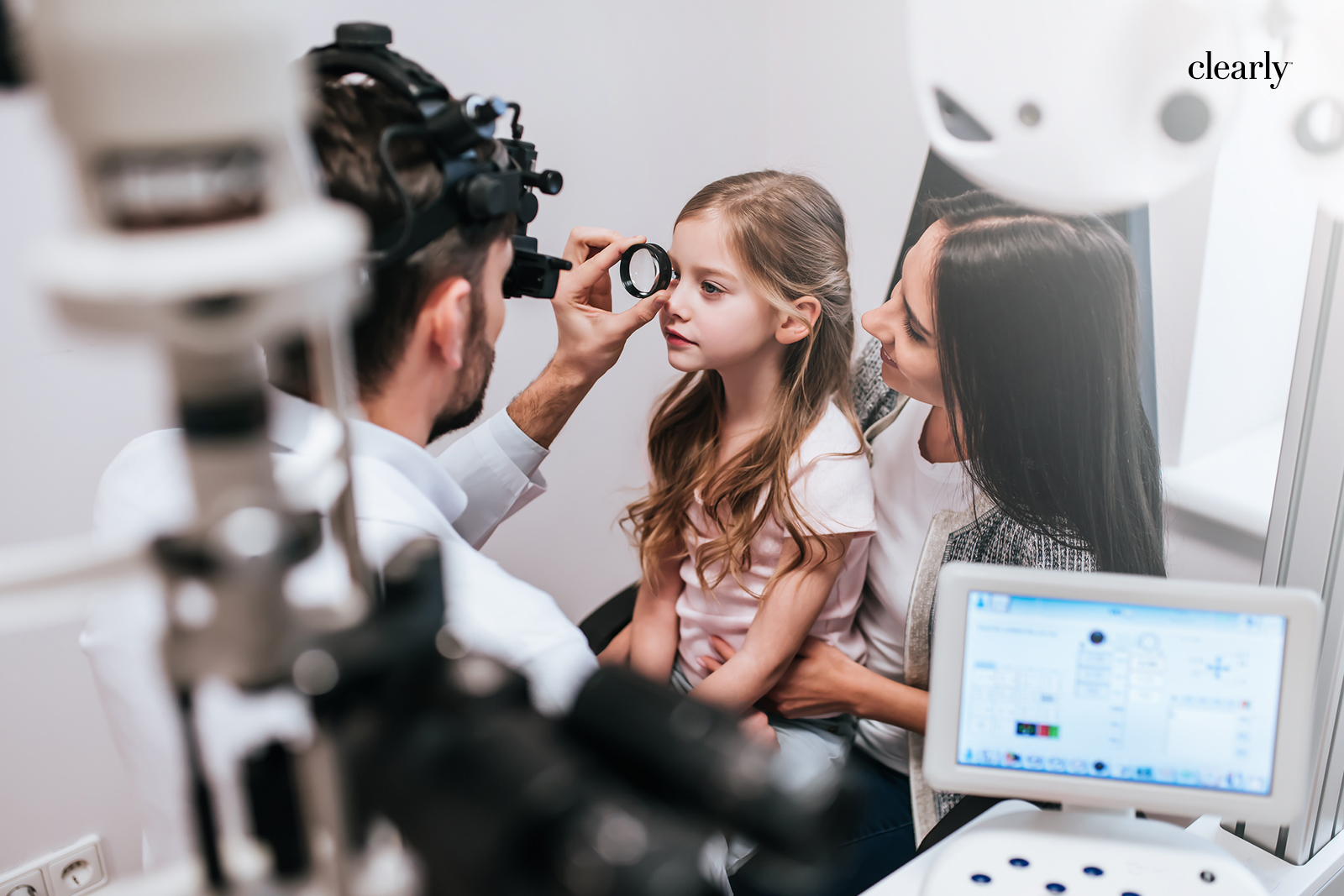
To prepare your child for an eye exam, you should explain to him or her that it is going to be a fun experience! Optometrists are used to working with children and will make sure that the eye exam process is fun and game-like to make the child feel comfortable and stay engaged during the entire examination. In order to prepare yourself and your child for an eye exam, make sure that they are ready to have fun, just like any other day!
Also, in order to have the best conditions for a paediatric eye exam, infants and early toddlers should come to the eye exam well-rested and well-fed. Making sure they are awake and happy will prevent the eye exam from being unpleasant. The doctor may put eye drops in their eyes – optometrists are trained to do this while keeping the child comfortable with the process!
Children under the age of 5 can be shy, and not verbal at times. Eye professionals want to make the process enjoyable and fun, so get ready to see every eye test as a game! Be ready to play eye spy (allowing testing of vision with cute pictures instead of letters), playing pirate with eye patches, and other kinds of games that will make the whole process easygoing, engaging and stress-fee.
How much does a child’s eye exam cost?
The cost of children’s eye exams will differ for each province and clinic. In Canada, most provinces offer coverage for optometric care. Just to name a few, MSP in British-Columbia and OHIP in Ontario will cover annual children’s eye exams. Some clinics may charge additional fees.
What will be on my child’s glasses prescription?
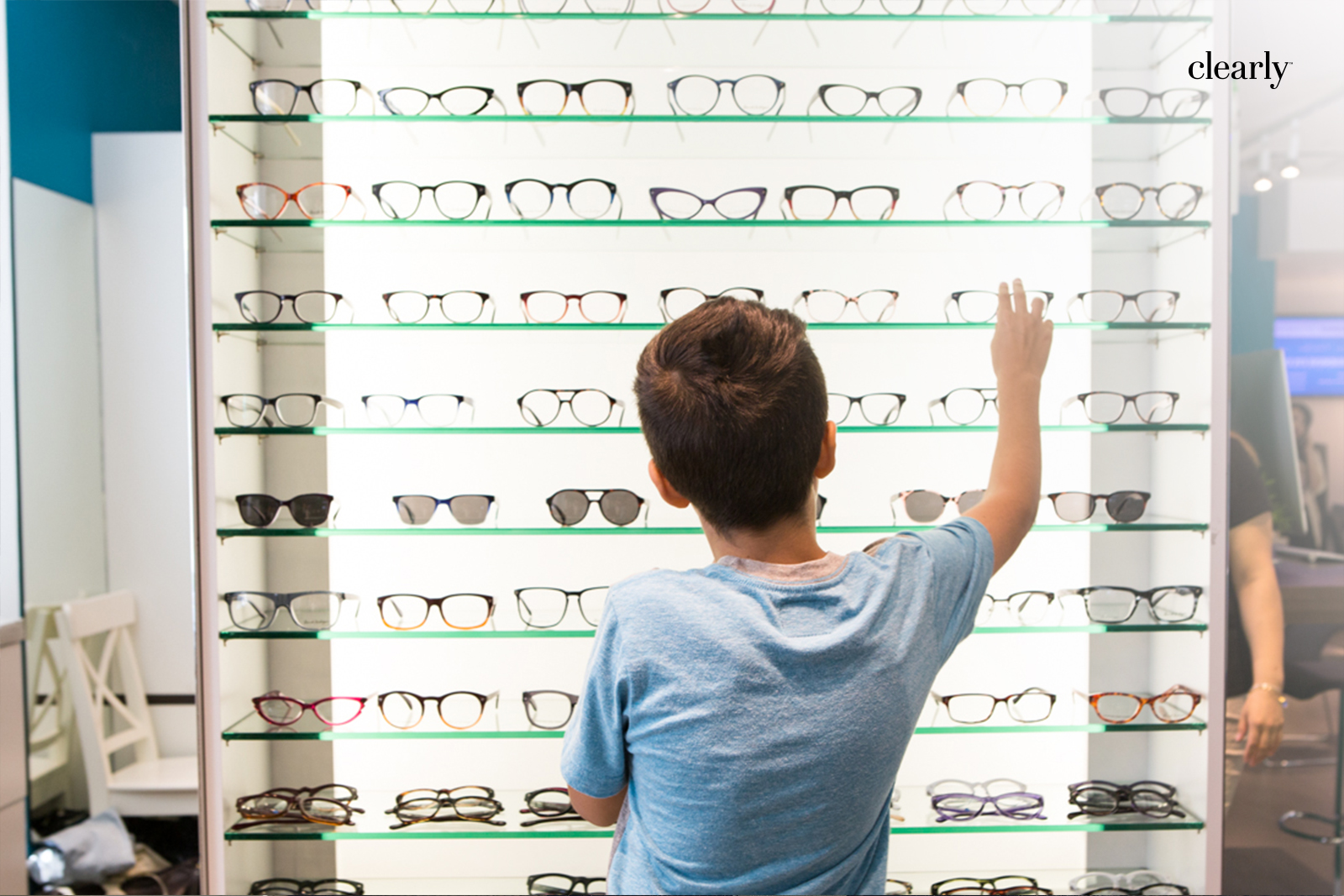
Once these tests are complete, an Eye Care Professional will test the new prescription (if needed), which may include practice glasses to make sure that your child is comfortable with their new prescription.
Your optometrist will take time to explain the components of the prescription that will include their corrective power, pupillary distance (PD), and the prescription expiry. The glasses size, material, style, lenses, and coatings are all crucial in finding the best pair of glasses for your child.
Whether or not your child has a power on their prescription, you may want to consider the UV Protection provided by sunglasses and adaptive lenses, or Digital Protection lenses that offer a barrier from digital screens and artificial light. If you need more information on prescriptions, take a look at our section on how to read your glasses prescription.
Clearly is dedicated to offering children the clearest vision
In order to prevent or treat any kind of eye problems, make sure your child’s eyes are happy and healthy. If you have any doubt, contact your Eye Care Professional to discuss this with them.
“We want kids to be seeing better so that they can absorb all of the information in the classroom. A complete paediatric eye exam will not only make sure that your child is seeing 20/20 but also that we can identify any potential or existing eye health issues” – Dr. Justin Asgarpour, OD
Clearly is dedicated to offering you meaningful information about children and adult eye health. We also provide quality eyewear and contact lenses for kids, at an affordable price! Stay tuned with our offers to find the perfect glasses for your children!
If you want to read more about eye health, discover our blog section dedicated to eye care.

